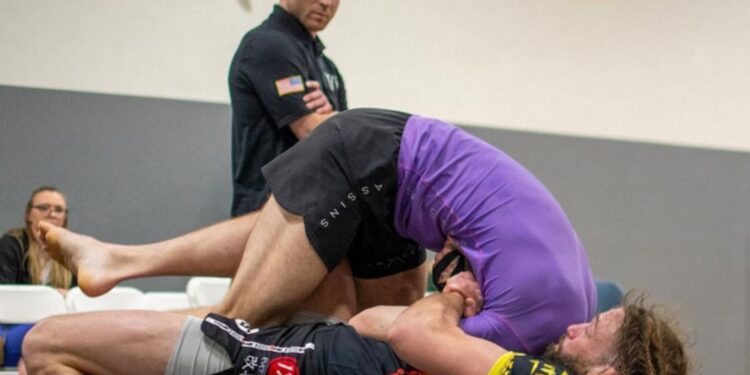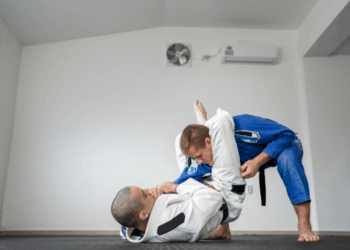The first time I got caught in a seamless arm-bar transition from guard, I realized something profound about martial arts mastery. My opponent – a 145-pound purple belt – had just shown me that true difficulty in combat sports isn’t always what it seems. As a BJJ brown belt who’s cross-trained in multiple disciplines, I’ve spent countless hours on the mats with my favorite Jiu Jitsu shorts and rash guard contemplating what makes certain martial arts particularly challenging to learn.
When people ask me about the hardest martial arts to learn, they’re often surprised by my answer. While sports like MMA and Muay Thai certainly demand incredible physical conditioning, the path to true mastery often lies in unexpected places.
Beyond the Physical: Redefining “Hard”
Let’s address the elephant in the room – yes, getting ragdolled by a Judoka or eating leg kicks from a seasoned Nak Muay is brutally demanding. But when we talk about the hardest martial arts to learn, we need to look beyond just physical intensity.
In my years of training and teaching, I’ve discovered that the most challenging aspects often lie in the mental game, the technical depth, and the time required to develop true understanding. This is particularly evident in arts like Brazilian Jiu-Jitsu, where a simple guard pass can have hundreds of subtle details that take years to master.
The Highest Hardest Fighting Styles to Learn: A Deep Dive
From my experience, here are some disciplines that truly test a practitioner’s dedication:
Brazilian Jiu-Jitsu
As someone who’s been training for over 15 years, I can tell you – BJJ is like human chess on steroids. The technical depth is staggering. Just when you think you’ve understood the De La Riva guard, someone hits you with a berimbolo variation you’ve never seen. The learning curve never ends; it just gets steeper.
Essential Gear:
- A high-quality Gi (I recommend getting at least two for rotation)
- Rashguard and grappling shorts for No-Gi training
- Mouthguard (trust me, you’ll want this during live rolling)
- Athletic tape for finger protection
- BJJ-specific knee pads (optional but helpful for drilling) Pro Tip: Don’t cheap out on your gi – a quality Pearl Weave will outlast multiple cheaper ones and maintain its shape after countless rounds of getting gripped and yanked.
Traditional Japanese Jiu-Jitsu
While less popular than its Brazilian cousin, traditional JJJ demands incredible attention to detail.
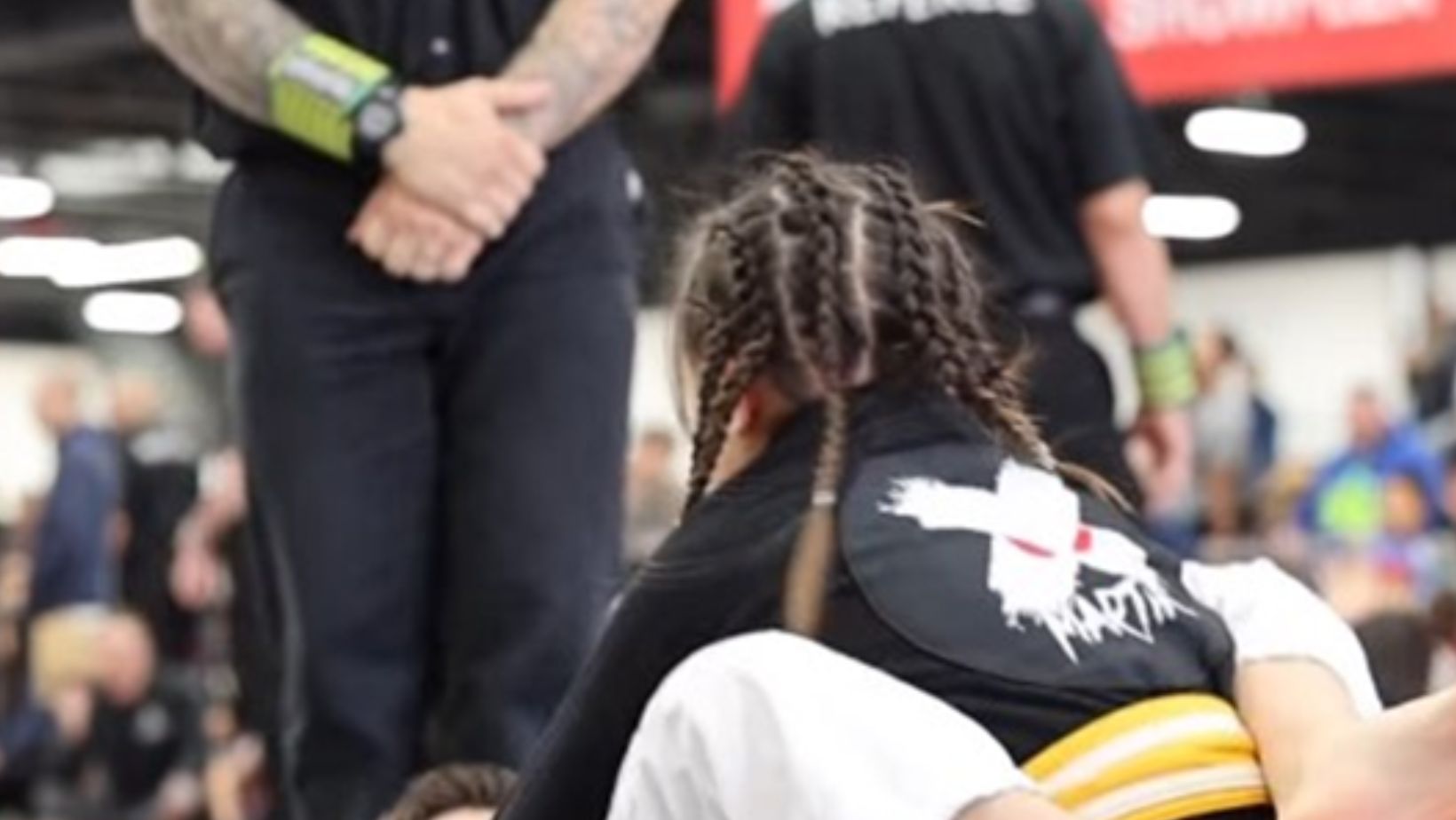
The precision required in their joint locks and throws makes it one of the hardest martial arts to master, particularly because slight mistakes can mean the difference between an effective technique and no effect at all.
Essential Gear:
- Heavy-weight Gi (typically white)
- Obi (belt)
- Zori (traditional sandals for off-mat wear)
- Training weapons (depending on your dojo)
- Crash pad or falling mat for ukemi practice Pro Tip: Traditional JJJ gis are often heavier than BJJ gis – this is intentional for weapon defense training and grip work.
Wing Chun
Don’t let the lack of flashy moves fool you. The sensitivity training and precise angles required in Wing Chun make it deceptively difficult. As someone who’s crossed hands with Wing Chun practitioners, I can attest that their skill in trapping and controlling centerline takes years of dedicated practice.
Essential Gear:
- Wooden dummy (if possible, though not required for beginners)
- Focus mitts
- Hand wraps
- Traditional flat-soled kung fu shoes
- Training knives (for advanced levels) Pro Tip: While the wooden dummy is iconic, don’t rush to buy one early. Focus on partner drills first – the dummy is meant to complement, not replace, human interaction.
Systema
This Russian martial art might not make most top 10 hardest martial arts to learn lists, but its focus on breathing, psychological resilience, and natural movement patterns challenges everything you think you know about fighting.
Essential Gear:
- Comfortable, loose-fitting clothing
- Training knife and stick
- Massage ball for breathing exercises
- Swimming goggles (some schools include underwater training)
- Basic protective gear (though sparring is typically done without it) Pro Tip: Systema’s minimalist approach to equipment reflects its philosophy – focus on adaptability rather than specialized gear.
The Hidden Challenges
What makes these arts particularly difficult isn’t just their technical complexity. It’s the mental and emotional journey required to master them. In BJJ, we have a saying: “You don’t choose the position, the position chooses you.” This applies broadly to finding your martial arts path.
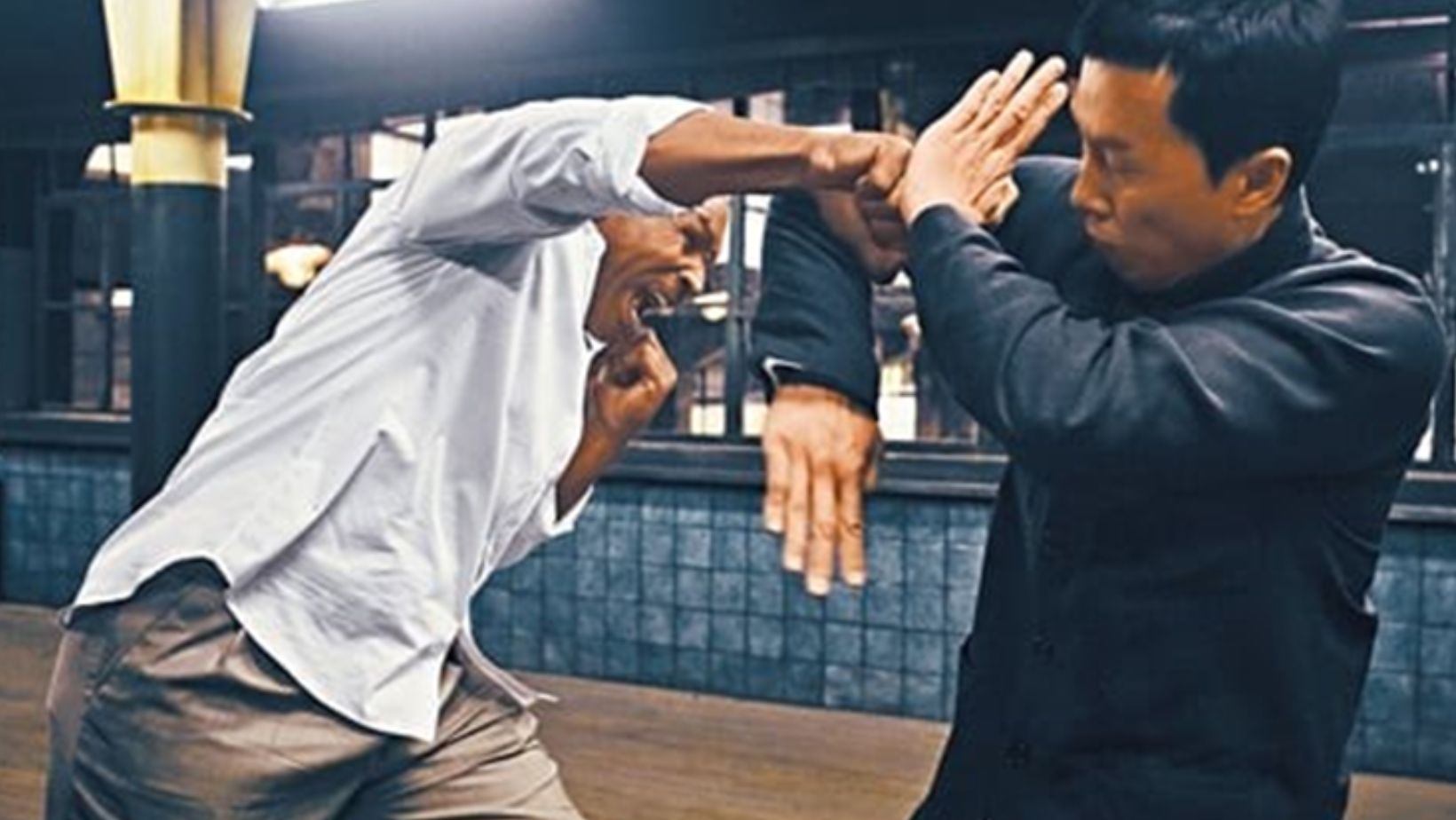
When exploring what is the hardest fighting style to learn, consider these often-overlooked factors:
- Mental Fortitude: Getting smashed in BJJ or maintaining composure during Chi Sao requires serious psychological strength
- Time Investment: Genuine skill development often takes 5-10 years of consistent training
- Conceptual Depth: Understanding principles like leverage, timing, and distance management
- Cultural Adaptation: Many traditional arts require embracing different philosophical approaches
Finding Your Path
After years on the mats, I’ve learned that the “hardest” martial art is often the one that challenges you personally the most. For some of my students, mastering the pressure game in BJJ is their Everest. For others, it’s developing the sensitivity needed for advanced sweeps and submissions.
What makes certain martial arts hard to learn isn’t just their physical demands – it’s their ability to push you beyond your comfort zone while requiring unwavering dedication to improvement. Whether you’re considering BJJ, traditional Japanese martial arts, or any other discipline, remember that the true challenge lies in the journey of self-discovery and continuous learning.
The Truth About Mastery
As a BJJ black belt who’s had the privilege of training in multiple disciplines, I can tell you that mastery isn’t about collecting techniques – it’s about developing deep understanding. The hardest martial arts to learn are often those that force you to question everything you think you know about fighting, movement, and yourself.
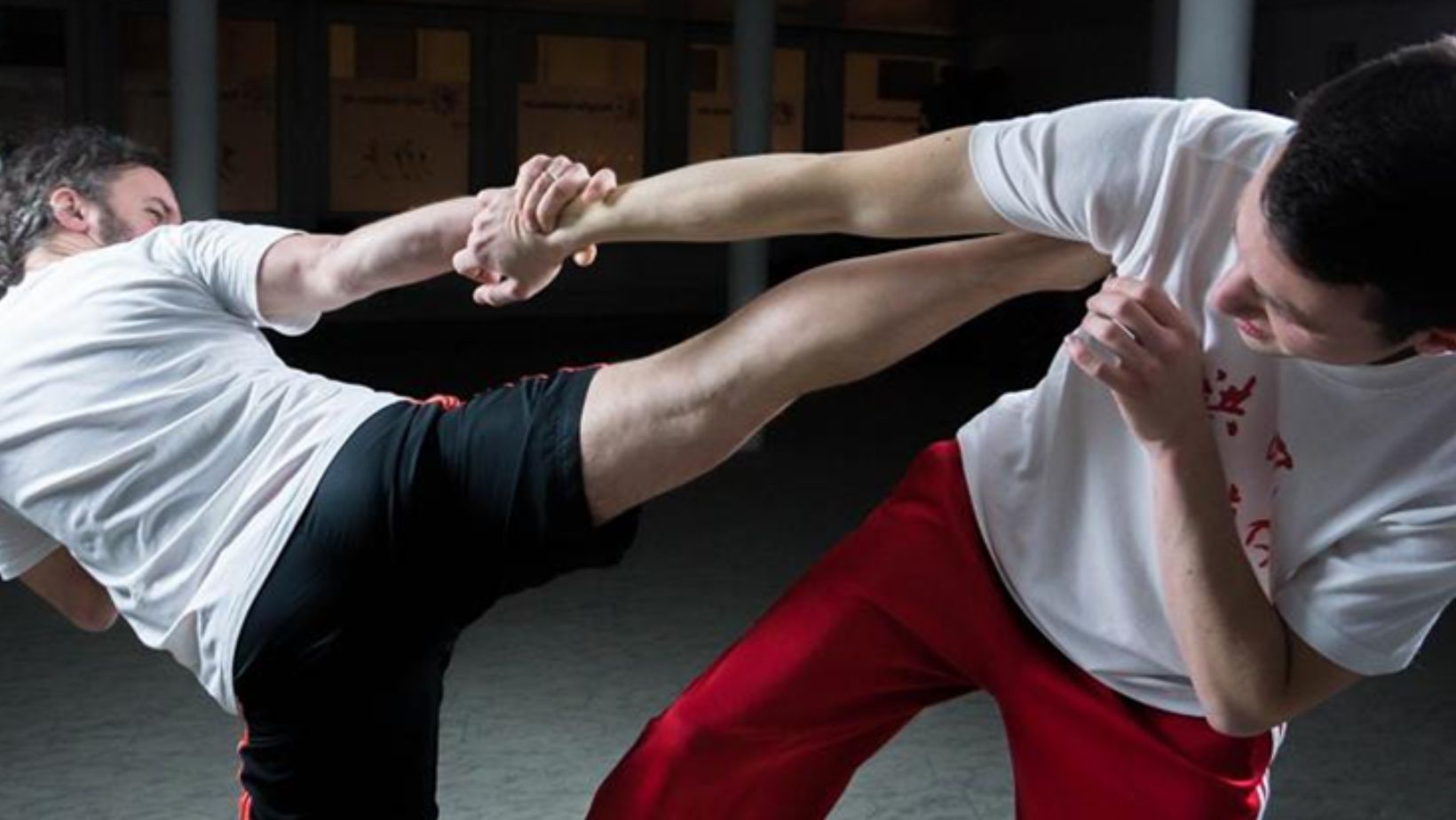
Remember, whether you’re drilling armbars, practicing kata, or working on your clinch game, the most challenging aspect isn’t the physical technique – it’s the mental fortitude required to show up day after day, embracing the discomfort of being a perpetual student.
Choose your path not based on what others consider difficult, but on what resonates with your goals and learning style. After all, the hardest martial art to learn is the one that keeps you coming back to the dojo, hungry to learn more, even after years of practice.

